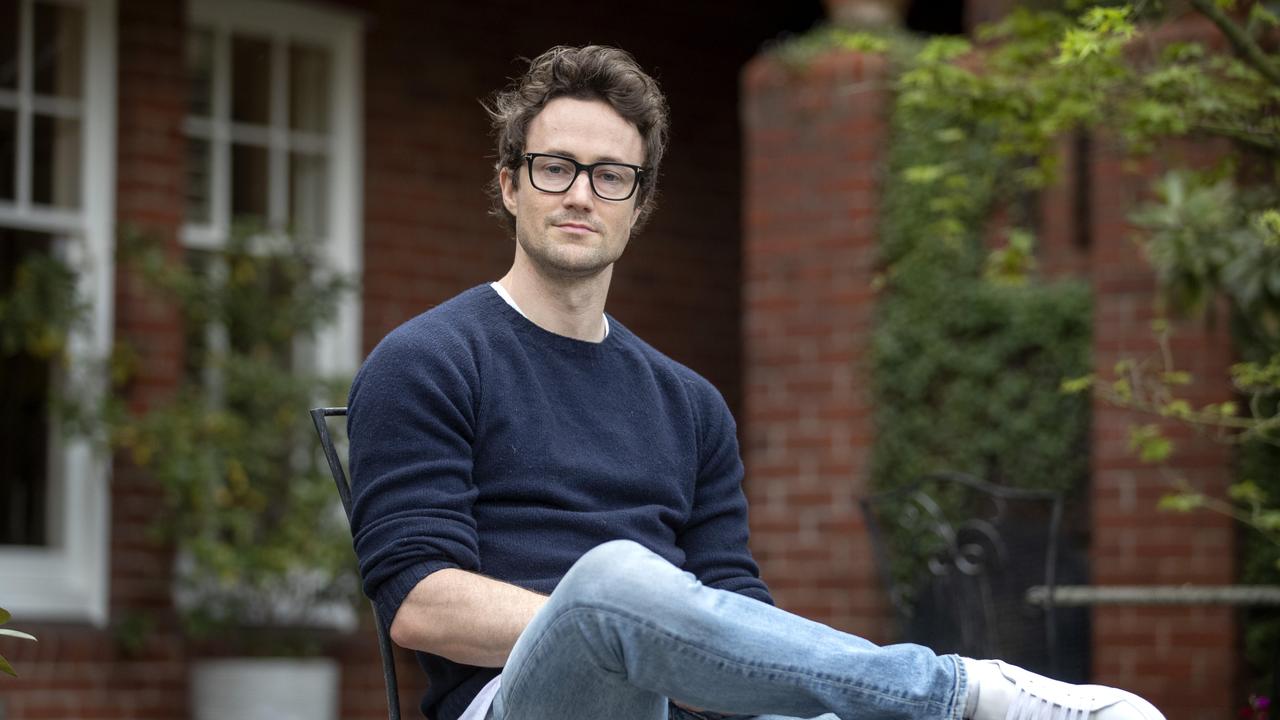Wealthy, healthy lifestyle in old age starts with building up nest egg early
Planning a retirement strategy? We benefit from understanding the life stages we go through.

In planning our retirement strategy, we will benefit from understanding the life stages that we go through.
We always start at square one and are born. In Australia almost everyone gets to enjoy an education and receives an average of 14 years of schooling. That’s two years on top of secondary school. That means we start work as 20-year-olds.
I hope you like the idea of working, as you will be engaged in that task for a few more years.
Retirement age differs by gender. The average Aussie man retires at 64 and the average woman at 62. Put simply, men work for longer and die earlier (85) than women (87).
So, what do we do with our 21 or 25 years of retirement?
This time needs to be filled with some meaningful or at least enjoyable tasks. The nature of the activities that will make up your retirement differs based on the size of our nest egg.
While we might have inherited money, gotten lucky on the housing market or robbed a bank, the most important indicator for the size of our retirement savings is the income throughout our working lives. Let’s look at income (not wage but income from all sources) by gender and the two most common types of education.
Among those with a bachelor’s degree, women slightly out-earn men up to their mid-20s before they have their first kid and temporarily leave the workforce. The superannuation balances of young people shouldn’t differ based on gender.

Women with only a high school education have kids a few years earlier and their income falls behind their male counterparts sooner. The income gap that we see here isn’t the much-talked-about pay-gap as we are throwing full-time and part-time earners in the same bucket. It visualises, however, very clearly why men retire with a higher super balance than women.
In relationships where both partners are faithful and committed, split earning and child-rearing responsibilities in a way that suited both and have an equal vote in how their collective wealth is spent, the gender difference in super balance doesn’t matter. All wealth is pooled anyway. The gender gap is only an issue for women who find themselves divorced after having been out of the workforce for several years.
“Just stay married” is certainly idiotic retirement-planning advice for women finding themselves in divorce-worthy marriages. One way of hedging against the financial risk of divorce is to have fathers take parental leave too. Research suggests taking parental leave ensures that fathers feel closer connections to their children and will result in higher overall life satisfaction. Families might still be reluctant to have the father act as primary carer if his income is significantly higher than the mother’s. Negotiating childcare responsibilities is one of the essential tasks to ensure a happy relationship and a secure retirement.
Ultimately each and every couple will need to find a way that works for both partners.
A traditional male career spans 44 years. In that time a BA degree earned you a career total of $3.5m, whereas a secondary education made you $2m. For women the career total earnings stretch only over 42 years (remember that women retire earlier) and come in at $2.3m and $1.2m respectively.
This means a university-educated couple earns a total of $5.8m through a career, whereas a couple with high school education earns a total of $3.2m.
Especially lower-income earners will benefit from topping up their super as much as they can possibly afford.
In planning a retirement of 20+ years these big-picture income figures come in handy.
A high school-educated couple only feeds $320,000 into their collective super throughout a career (assuming 10 per cent investment). With compound interest this can increase to a decent nest egg, but you will thank yourself later in life for every additional dollar that you manage to put away.
Remember that our hypothetical couple always has two incomes and that we didn’t account for a few years away from work either due to child-rearing, unemployment or illness.
Ensure to make up for these missed years once you got a bit more money coming in.
Either way let’s assume you reached retirement (as a man you are now 64 and as a woman 62). What can you expect?
Being of good health should be everyone’s priority. The older you get the more your body will be holding you back. We can’t avoid this completely. We can however counteract this trend. While unfair, it’s a fact that money improves your health and ultimately your happiness in old age. Only six per cent of retirees aged 65 to 74 holding a BA degree need help with core activities (that’s how we can measure negative health through census data). Nine per cent of people in the same age group who only acquired a high school education need help for basic life tasks. This difference only gets bigger as we grow older. For the 75 to 87 cohorts these figures are 18 and 22 per cent, for 88 to 100 year olds we are looking at 50 and 56 per cent respectively. Once you cracked the 100-year mark, 64 per cent of the university-educated centenarians and a whopping 77 per cent of the high school-educated folks need help with core activities.
The educated are wealthier and healthier. This might strike us as unfair but it’s an important reminder to get our finances in order and plan for retirement with plenty of time to spare.
After all, our health in our golden years depends on it.
This is the fifth in a six-part series by The Australian and The Demographics Group looking into retirement in 2030.
The series has been created in partnership with MLC.




